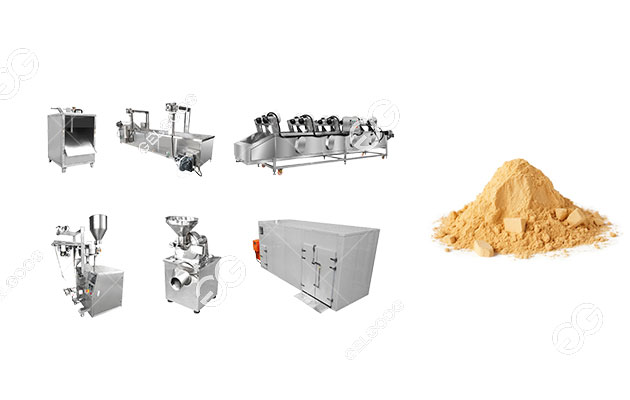Bananas are a popular fruit, loved for their sweet taste and creamy texture. They are a great source of fiber, vitamins C and B6, and potassium. But have you ever wondered what is the process of banana processing? From harvesting to packaging, let’s take a journey through the process of banana processing.
- Harvesting
Bananas are typically harvested when they are green and still immature. This is because they can ripen during transportation and storage. They are cut down by hand using machetes, as the stems are too tough to be pulled off by hand. The bananas are carefully placed into baskets and transported to the banana processing plant .

- Washing and Sorting
When the bananas arrive at the processing plant, they are first washed and sorted. Any leaves, stems, or other debris are removed. The bananas are then sorted by size and quality. Only the best-quality bananas are chosen for further processing.
- Slicing
After the bananas are peeled, they are sliced into small, even pieces. This can be done by hand or using a machine. The slices are then inspected to ensure that they are uniform in size and quality.
- Drying
The banana slices are then dried using a process called either freeze drying or vacuum drying. Freeze drying involves freezing the bananas and then drying them in a vacuum, while vacuum drying involves placing the bananas in a vacuum to remove moisture. This process helps preserve the flavor and texture of the bananas.
- Packaging
Finally, the dried banana slices are packaged in bags or boxes. The packaging is carefully designed to keep the banana slices fresh and protected during transportation and storage.
In conclusion, the process of banana processing involves several steps, from harvesting to packaging. It is a carefully controlled process that enables bananas to be enjoyed by people all over the world. So, the next time you eat a banana, take a moment to appreciate the work that went into processing it.